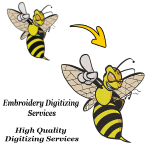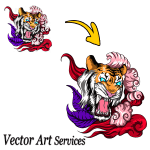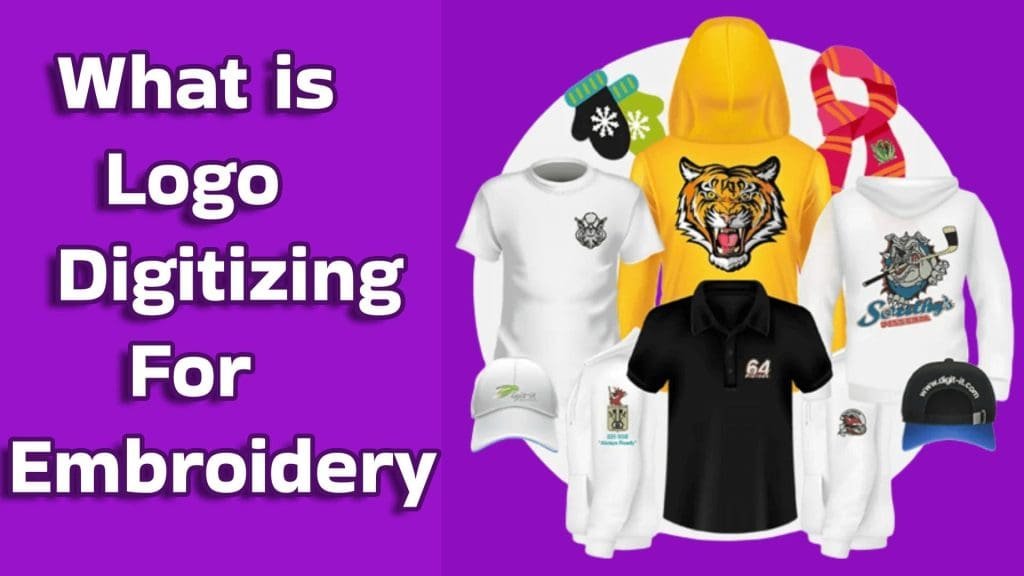Essential Tips for Mastering Cap Embroidery
Essential Tips for Mastering Cap Embroidery
Embarking on the journey to master cap embroidery, including 3D cap embroidery, necessitates a fusion of creativity, precision, and technical know-how. In this comprehensive guide, we provide essential tips tailored to enhance your cap embroidery skills. From grasping design intricacies to optimizing Embroidery tools, each tip is meticulously designed to empower embroiderers of all levels.

Overview Of Cap Embroidery
Whether you’re a novice or a seasoned professional, these insights will serve as invaluable companions in your quest for mastery in cap embroidery. Our guide commences with fundamental aspects, such as stitch selection, thread tension management, and hoop positioning. Mastering these basics lays a strong foundation for impeccable execution and ensures flawless results in digitizing for hats and embroidery digitizing service.
As we progress, we delve deeper into design creation and customization, guiding you through translating your creative vision into captivating embroidered motifs. Furthermore, we explore advanced techniques and troubleshooting strategies to tackle common challenges encountered in cap embroidery digitizing. Armed with practical advice, step-by-step tutorials, and inspirational insights, this guide equips you with the necessary knowledge and expertise to embark on a fulfilling journey of creativity and mastery in cap embroidery.
Table of Contents
Understanding Cap Embroidery

To get started with cap embroidery, let’s break down the basics in simple terms. First up, let’s talk about what you’ll need. You’ll want some colorful threads, good needles that match the thickness of your threads, and a reliable hoop to keep everything steady while you work. Don’t forget about digitizing too – either get some software or find a service for digitizing for hats to turn your designs into embroidery files.
Now, onto the caps themselves. Different caps work better for different designs. Structured caps, like baseball caps, are great for bold designs, while softer caps, like beanies, are better suited for simpler ones. Keep an eye on the fabric too – cotton and polyester blends are common, but some caps might be made of fancier stuff like denim or wool, which might need different techniques.
Lastly, let’s talk techniques. There’s the standard flat embroidery, perfect for straightforward designs. But if you’re feeling fancy, try out 3D cap embroidery for some extra depth or appliqué for a textured look. Mastering these techniques opens up a world of creative possibilities for your embroidered caps.
If you’re looking for a top-quality embroidery design digitizing & vector art service, look no further than ours! With quick turnaround times and excellent quality, we’re the perfect choice for anyone looking for a reliable and affordable option.
Get 50% OFF On Your First Order Always get a preview before you pay so that you know exactly what your design will look like. We guarantee you won’t be disappointed!
Essential Equipment and Tools

To excel in cap embroidery, you’ll need the right equipment and tools at your disposal. Here’s a breakdown of the essentials:
- Embroidery Machine Selection: Your embroidery machine is the heart of your operation. Make sure to choose one that’s compatible with cap frames or attachments, allowing you to work seamlessly on caps. Look for versatility in stitching capabilities and adjustable speed settings to accommodate various designs and materials. Consider ease of use, maintenance requirements, and available customer support to ensure a smooth embroidery experience.
2.Embroidery Hoops and Frames: Embroidery hoops and frames are essential for keeping your fabric taut and secure during embroidery. Opt for hoops specifically designed for caps, ensuring a snug fit and even stitching. Adjustable frames are ideal for precise placement and alignment of caps. Magnetic hoops or adhesive backing systems can further enhance stability and efficiency, making your embroidery process smoother.
3. Threads and Needles:
Choosing the right threads and needles is crucial for achieving professional results. Invest in high-quality embroidery threads in a variety of colors for vibrant designs. Ensure threads are durable and colorfast to withstand washing and wear. Select fine needles suitable for delicate cap embroidery, considering thread thickness and fabric type for optimal stitching. Regularly replace needles to maintain embroidery quality and prevent fabric damage.
By equipping yourself with the right equipment and tools, you’ll set yourself up for success in cap embroidery, bringing your creative visions to life with precision and finesse.
Preparation Before Embroidery
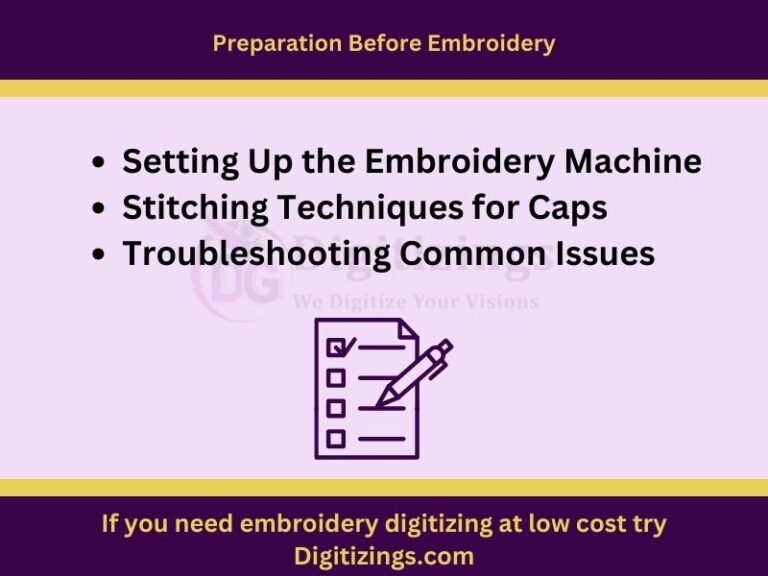
Before starting cap embroidery, it’s essential to prepare properly:
- Choosing Designs:
Select designs that fit well on caps and appeal to your audience. Look for inspiration from online libraries or create your own artwork. Ensure the design size is appropriate for the cap’s surface area and consider the color scheme for optimal visual impact.
2. Preparing Caps:
Clean caps thoroughly to remove dirt and oils. Smooth out any imperfections and stabilize the fabric with backing material. Pay attention to the cap’s structure and shape, ensuring it’s properly stretched and positioned for embroidery to prevent distortion during stitching.
3. Transferring Designs:
Transfer designs onto caps using transfer paper for simple designs or embroidery software for intricate ones. Use an embroidery machine equipped with cap frames for accurate placement. Double-check the alignment and positioning of the design before starting the embroidery process to avoid any errors or misplacement.
Mastering Cap Embroidery Techniques
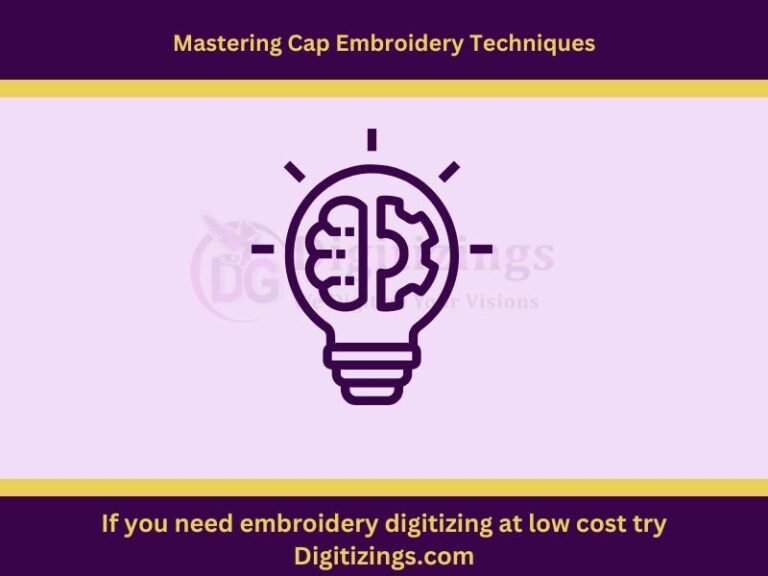
To become proficient in cap embroidery, mastering essential techniques is key. Here’s what you need to know:
- Setting Up the Embroidery Machine: Properly setting up your embroidery machine is crucial for successful cap embroidery. Ensure that the machine is calibrated correctly and that the cap frame or attachment is securely in place. Adjust settings such as thread tension and stitch speed according to the type of design and fabric to achieve optimal results.
- Stitching Techniques for Caps: Mastering stitching techniques tailored for caps is essential for achieving professional-quality embroidery. Experiment with different stitch types, densities, and directions to create dynamic textures and effects on caps. Pay attention to factors such as stitch length and density, as well as needle selection, to ensure clean and precise stitching.
- Troubleshooting Common Issues: Despite careful preparation, issues may arise during the embroidery process. Learn to troubleshoot common issues such as thread breakage, puckering, or misalignment. Adjust settings, change needles, or reposition the fabric as needed to resolve these issues and prevent them from affecting the quality of your embroidery.
By mastering these essential techniques, you’ll be well-equipped to tackle cap embroidery projects with confidence and precision, achieving professional results every time.
If you’re looking for a top-quality embroidery design digitizing & vector art service, look no further than ours! With quick turnaround times and excellent quality, we’re the perfect choice for anyone looking for a reliable and affordable option.
Get 50% OFF On Your First Order Always get a preview before you pay so that you know exactly what your design will look like. We guarantee you won’t be disappointed!
Tips for Designing Cap Embroidery

Designing cap embroidery requires a thoughtful approach to ensure the best possible outcome. Here’s a detailed guide with practical tips to help you create stunning cap embroidery designs:
Keep it Simple

When designing for caps, simplicity is key. Opt for bold, clear designs with minimal intricate details. Remember that caps offer limited space for embroidery, so intricate designs may not translate well onto the small surface area. Focus on clean lines and easily recognizable shapes to ensure your design remains visually appealing when scaled down.
Consider Cap Structure

Take into account the shape and structure of the cap when planning your embroidery design. Avoid placing intricate elements near seams, folds, or areas that may distort when the cap is worn. Instead, choose flat, unobstructed areas that allow the design to be showcased effectively without interference.
Choose Suitable Colors
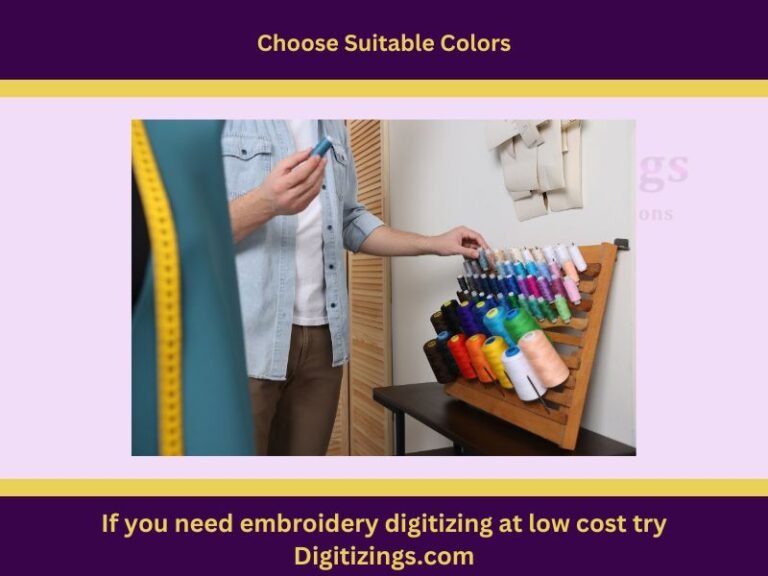
Select colors that complement the color and material of the cap. Consider the background color of the cap when choosing thread colors to ensure adequate contrast and visibility. Keep in mind that embroidery machines have limitations on the number of thread colors that can be used, so simplify your color palette accordingly to avoid excessive color changes.
Test Before Stitching
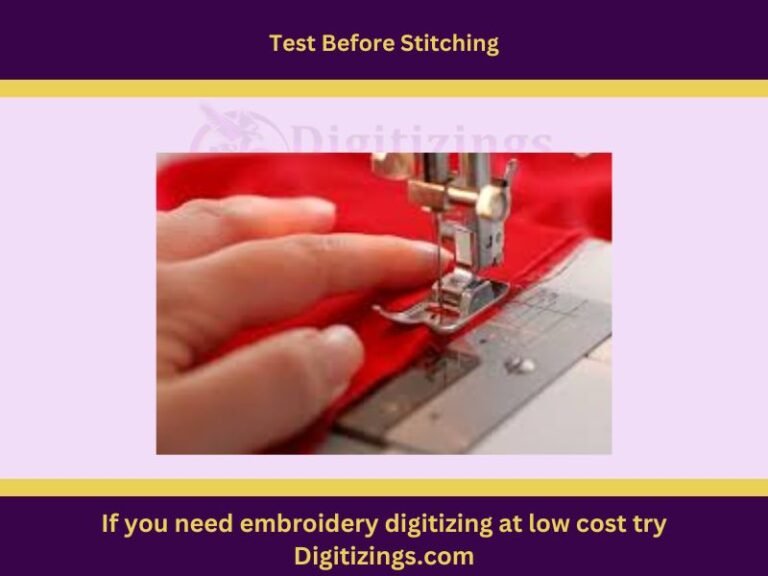
Before embroidering the design onto the cap, it’s essential to test it on a similar fabric or material. This allows you to evaluate how the design will look once stitched and make any necessary adjustments to size, placement, or color. Testing also helps identify any potential issues, such as puckering or thread tension, that may arise during the embroidery process.
Pay Attention to Detail
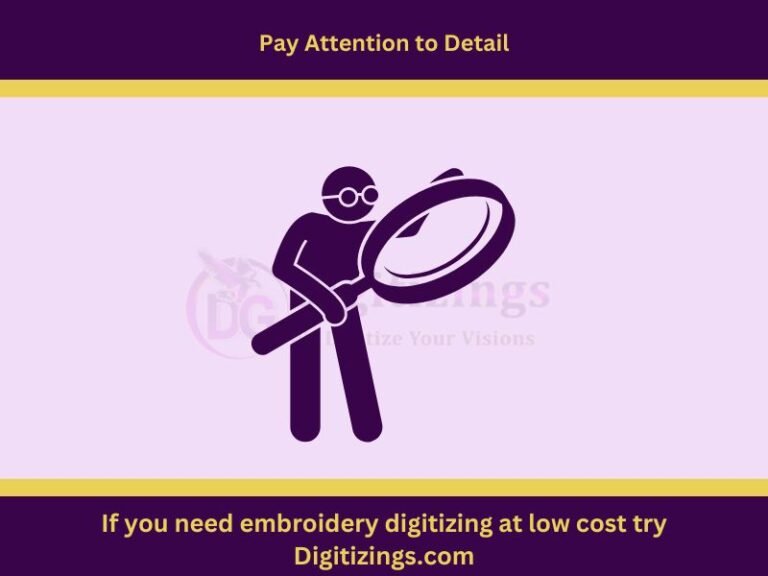
Optimize Digitization

If you’re using digitized designs, ensure they are optimized specifically for cap embroidery. Adjust stitch densities, underlay, and stitch directions to accommodate the curved surface of the cap and prevent puckering or distortion. Test the digitized design on similar fabric to ensure it stitches out cleanly and accurately before embroidering it onto the cap.
Optimize Digitization
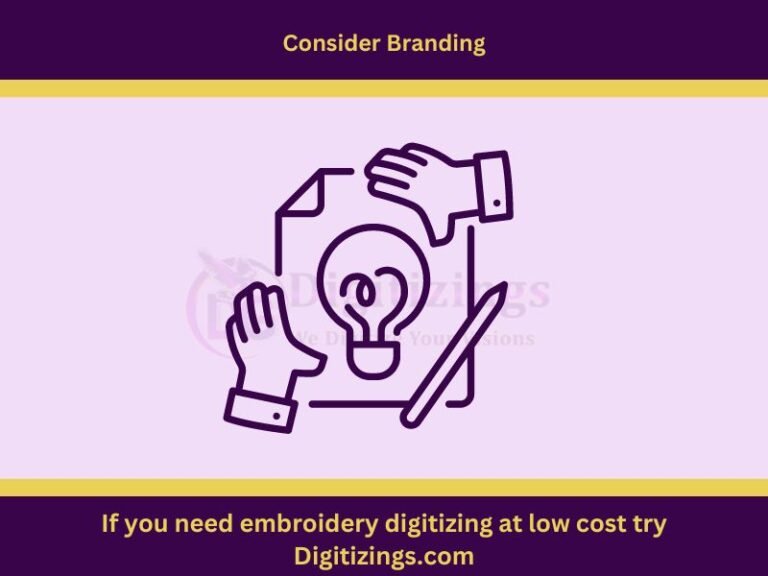
If the cap embroidery is for branding purposes, incorporate logos or brand elements strategically into your design. Ensure that the brand identity is maintained while adhering to the constraints of cap embroidery. Consider the placement of the logo and its size relative to the cap’s surface area to maximize visibility and brand recognition.
Conclusion
In conclusion, mastering cap embroidery involves considering important factors like choosing designs, prepping caps, and digitizing techniques. By following the tips provided, you can create impressive designs that look great and are well-made. Remember to keep designs simple, test them out before stitching, and pay attention to details like colors and digitization.
Moreover, for those looking to improve their embroidery work even more, Digitizings.com offers fast and affordable services for embroidery digitizing and vector art. With their help, you can take your embroidery projects to the next level with ease.
If you’re looking for a top-quality embroidery design digitizing & vector art service, look no further than ours! With quick turnaround times and excellent quality, we’re the perfect choice for anyone looking for a reliable and affordable option.
Get 50% OFF On Your First Order Always get a preview before you pay so that you know exactly what your design will look like. We guarantee you won’t be disappointed!
FAQ's
Cap embroidery refers to the process of stitching designs, logos, or patterns onto caps or hats using an embroidery machine. It adds decorative or branding elements to caps, enhancing their visual appeal.
For embroidering structured hats, it’s recommended to use sharp, fine needles with a size appropriate for the thread thickness and fabric type. Needles specifically designed for embroidery on thick materials like hats ensure clean and precise stitching.
The standard cap embroidery size typically ranges from 2.5 inches to 4 inches in width, depending on the cap’s surface area and design placement. However, specific size requirements may vary based on the cap style and design preferences.
Mastering cap embroidery machine involves familiarizing yourself with its operation, including setting up the machine, selecting appropriate designs and threads, and adjusting settings for optimal stitching. Practice using different techniques and troubleshooting common issues to improve your skills.
To master cap embroidery at home, start by practicing basic embroidery techniques on scrap fabric before moving on to caps. Invest in a quality embroidery machine suitable for cap embroidery and familiarize yourself with its features. Experiment with different designs, threads, and techniques to develop your skills over time. Additionally, seek online tutorials or attend embroidery classes to learn advanced techniques and refine your craft further.

